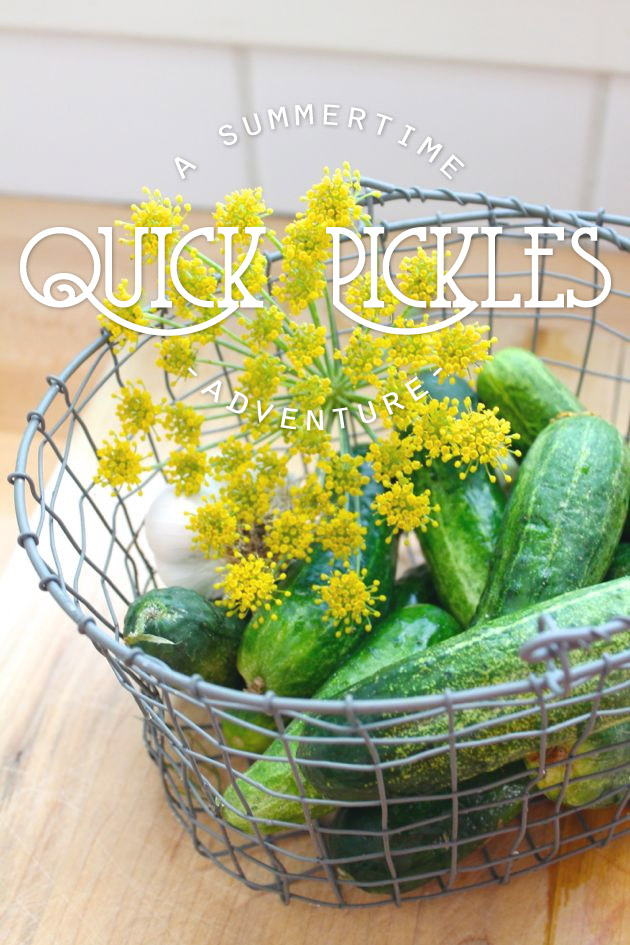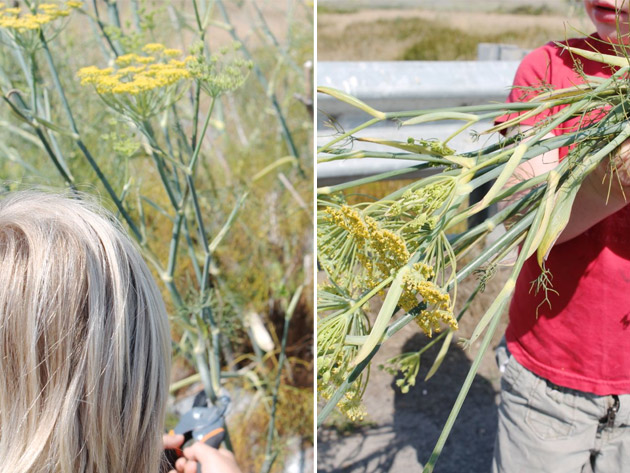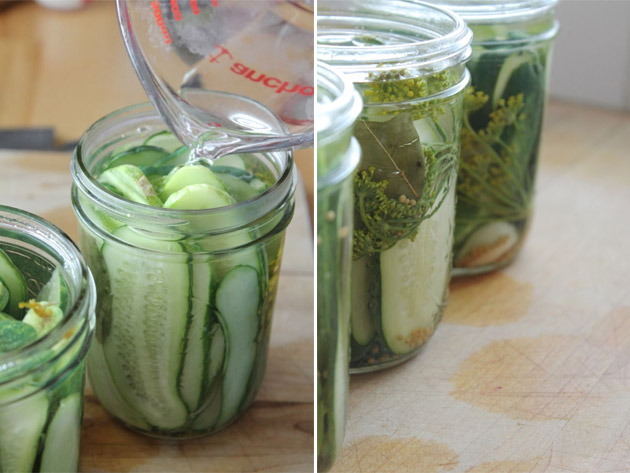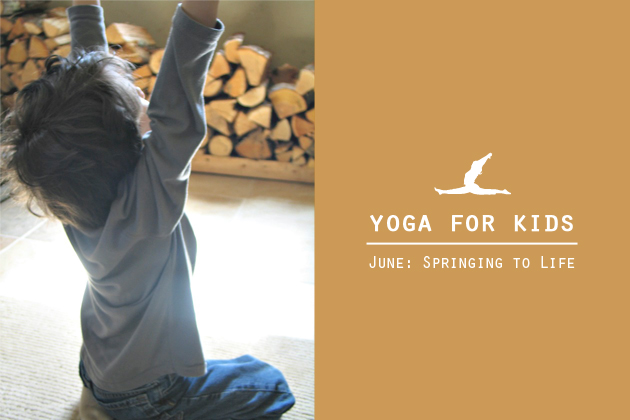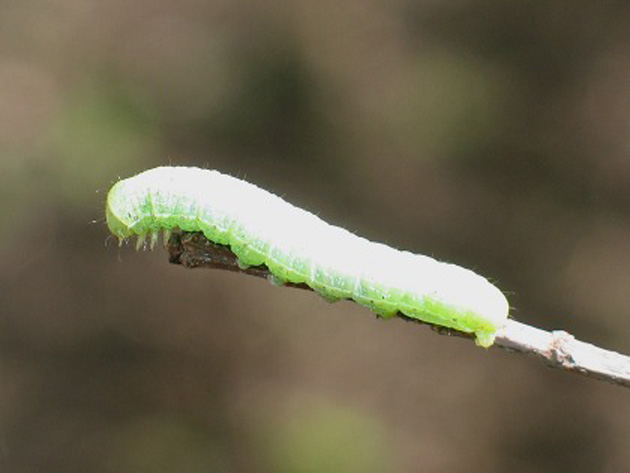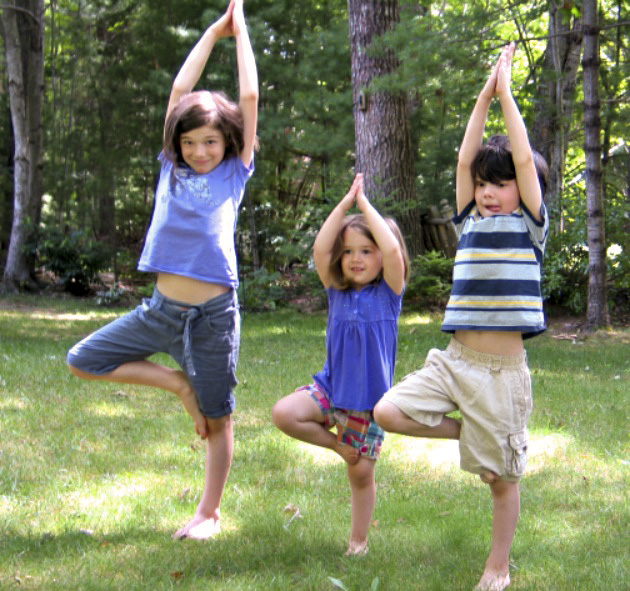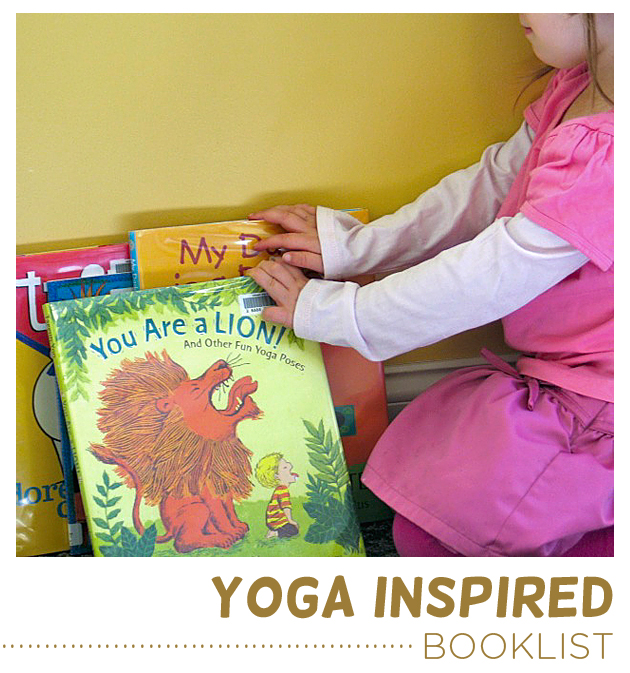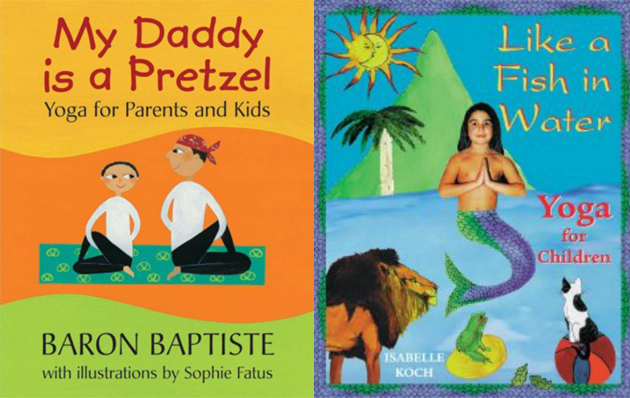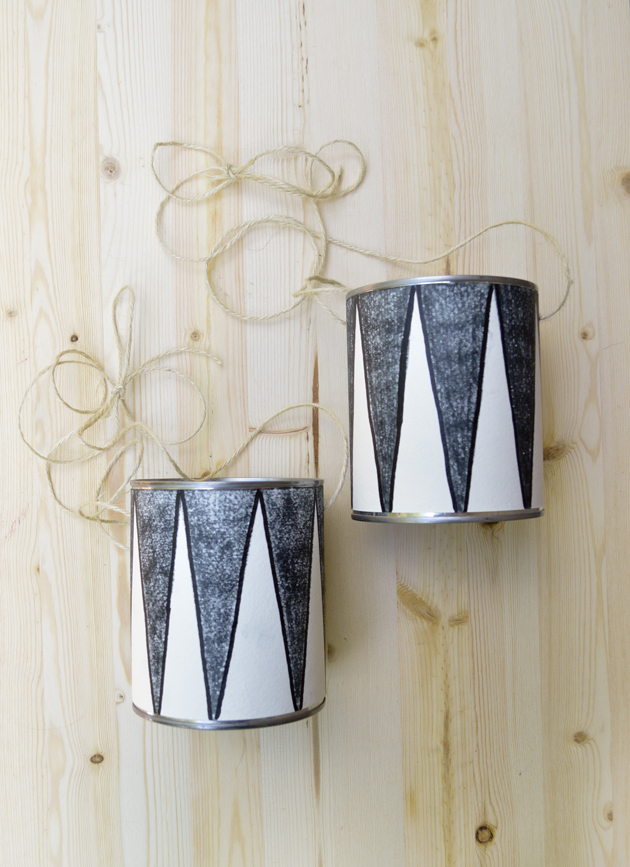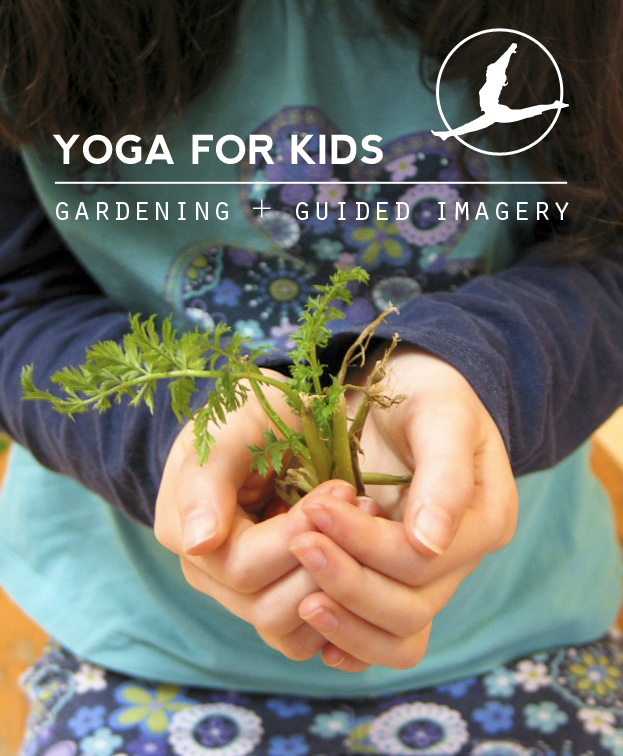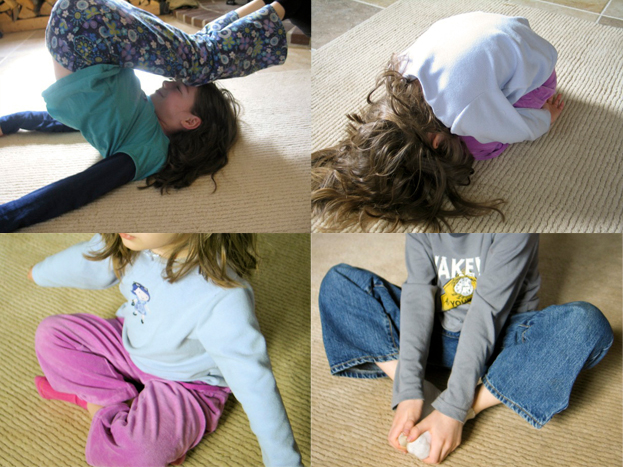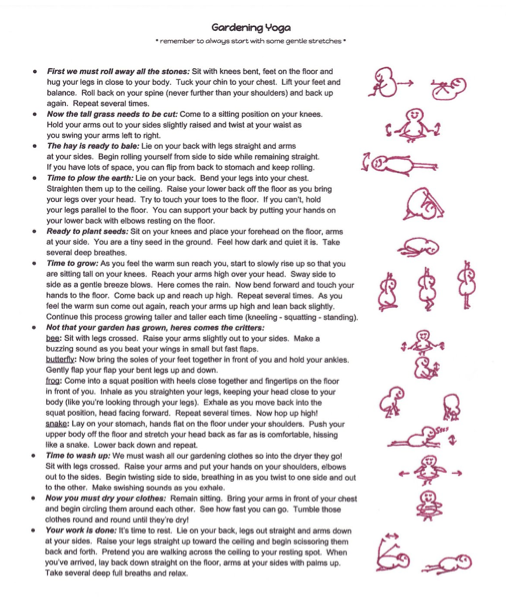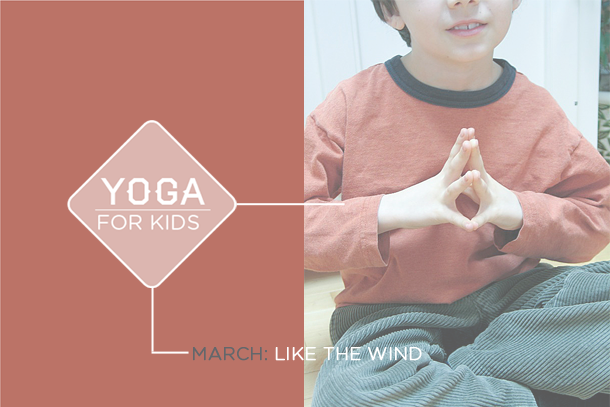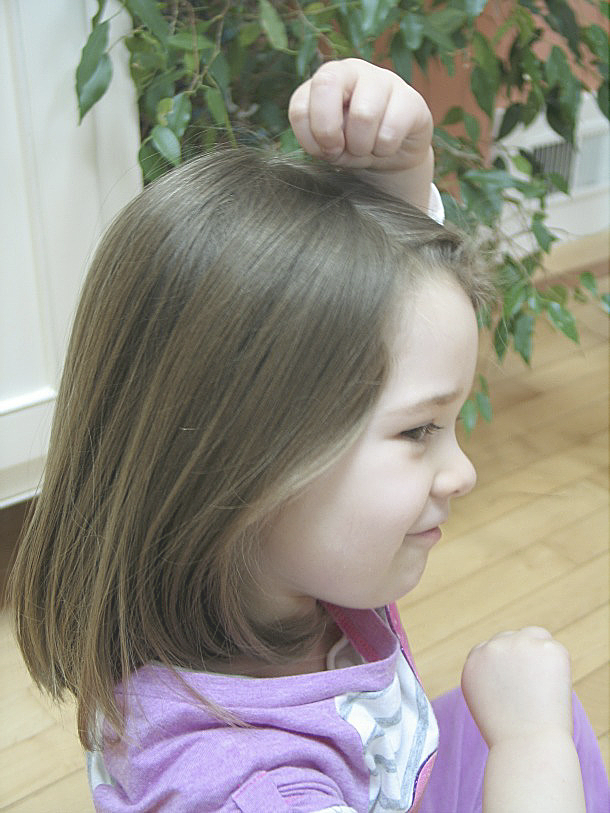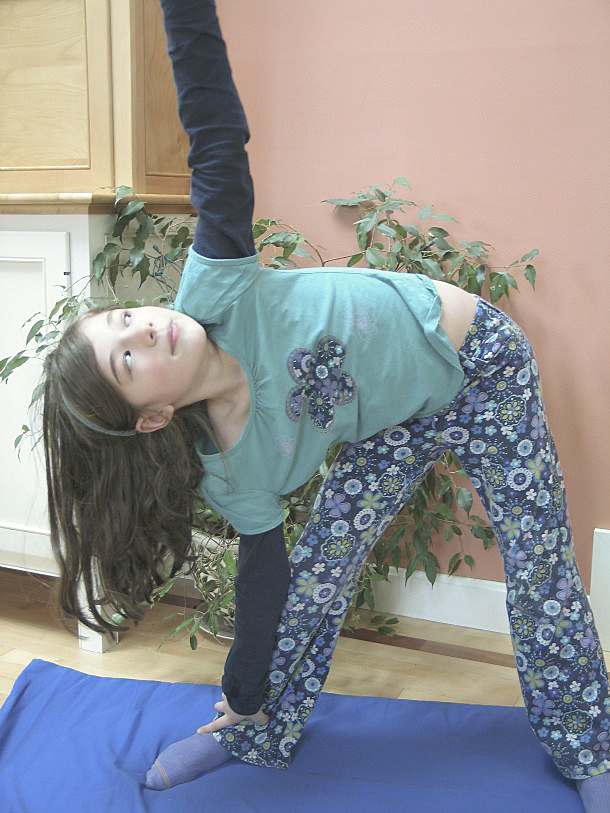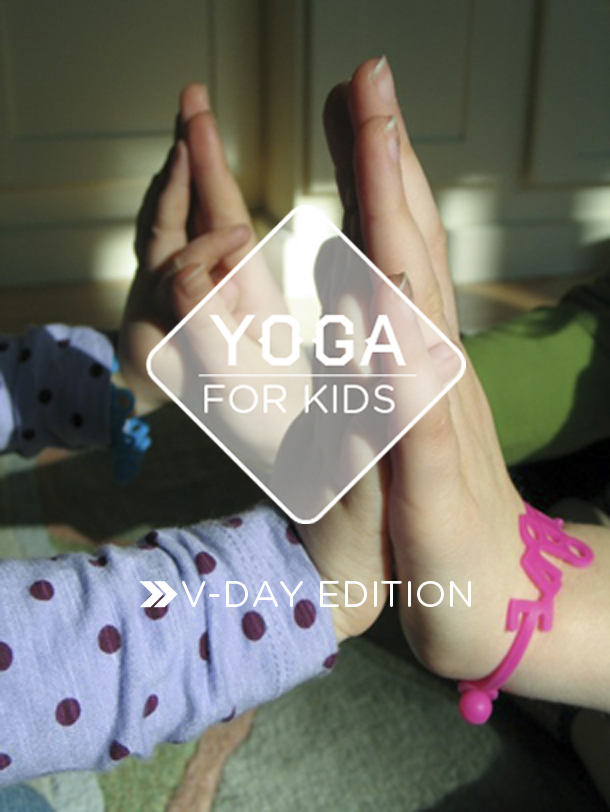
As the weather turns colder and the days shorter, it is a wonderful time to infuse your home with the sweet and comforting smells of pure essential oils. Today we have Emma with us from 95 Acres of Sky, sharing her favorite essential oils for the family…
My Mum introduced me to aromatherapy almost two decades ago; she gifted me with my first burner and an oil called Bois de Rose. It turned my over crowed, cold and dreary student digs into a sweetly scented retreat. I was hooked. Since then I’ve largely avoided artificial scents, using essential oils in every capacity from personal scents to freshening my laundry. The vast array (and costs) of essential oils available can be confusing though… I’d like to suggest a simple list of five oils that are versatile, health supporting, and a treat for our noses and minds.
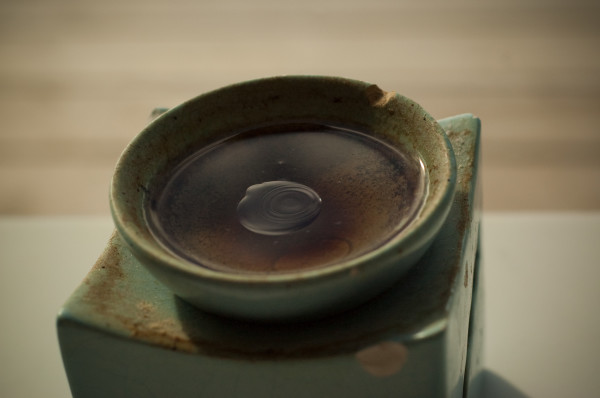
Chamomile: This yellow flower is frequently found in cupboards as a tea, known for its soothing, calming properties. There are two types of oil, Roman Chamomile (the less expensive version though very pleasing) and German Chamomile (the oil is blue, usually more costly but has a mellower scent). This is a lovely oil to use around young children and can be used instead of (or blended with) the ubiquitous lavender.
Uses: A drop or two in a bath or on a pillow has a soothing and relaxing effect. Wonderful for helping young children to relax and sleep deeply. For a child feeling stress or anxiety, a pocket handkerchief with a few drops added can be very comforting. It is also a really helpful decongestant for a child (or adult) with a stuffed up nose.
Tea Tree Lemon: I discovered this oil a couple of winters ago and have not been without it since. The citrus scent is less overpowering and medicinal than regular Tea Tree, making it more pleasant to use.
Uses: Great for cleaning and disinfecting. In the kitchen, in the water when mopping the floor or to disinfect washing cloths. I recommend using neat on a cloth to wipe down doorknobs and light switches during cold and flu season.
Orange: Either Sweet Orange or Blood/Bitter Orange are delicious additions to your collection. Less harsh than Lemon, it works well on it’s own or blended with other oils.
Uses: Orange is uplifting, refreshing, and cleansing. It lifts a heavy atmosphere and counters bad weather gloom. Orange is great to add to a cloth for a final wipe down in the kitchen or bathroom, though it lacks the disinfecting power of the Tea Tree Lemon. I really love adding a couple of drops to home made play dough in the middle of winter!
Geranium: This oil is summer in a bottle; the heady scent of rose-laced geranium is uplifting and supports health. Geranium is a great stress buster for both parents and kids, relieving tension and restoring good cheer.
Uses: It is particularly good for clearing headaches and is a wonderful scent for a burner or bath at the end of a long day. Added to base oil it is lovely rubbed onto pulse points to give little bursts of refreshment throughout the day.
Frankincense: This is a less familiar oil to many people but I really would not be without it. The rich yet light scent evokes the golden resin from which it is distilled. Traditionally used in meditation it’s calming and mentally uplifting properties improve mental clarity, calm the spirit, and help create a feeling of well being.
Uses: Add to a burner or simmering pan of water to create a calm and restful atmosphere in your home. Can also be added to sensory play items such as play dough and play sand, or even a sink of water with a whisk and bowls to wash. If you notice your children seem overly stimulated or argumentative, Frankincense will help to shift the mood. Add to a bowl of warm water used as a hand or foot soak and watch it work it’s magic.

When using oils with children my rule of thumb is no more than 2-3 drops in a bath or on a pillow, I stick to 2 drops in a palm full of base oil if it will be in contact with the skin. In a burner or pan of water 4-5 drops is usually sufficient, a little less with more potent oils such as the Frankincense.
As with all things you get what you pay for when it comes to essential oils, but that doesn’t mean you have to purchase the most expensive on the market. Aura Cacia is reasonably priced and a widely available brand that I’ve had good experience with. You can also source though specialists such as Mountain Rose Herbs. If you add one or two oils per season you’ll soon have a wonderful and fragrant collection that will enhance your health and home.
Here are some other posts that you might like…
